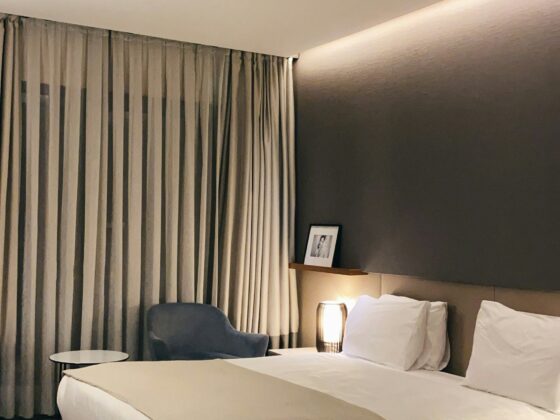Why didn’t I see this before?
I thought OTA undercutting was just a pricing problem. Until now….
I’ve always had an issue with OTA undercutting (you should too).
OTAs that post lower rates than what the hotel gave them, ticks me off.
Especially, when they call up a hotel and threaten ranking placement if the hotel offers a better web-direct rate.
I have always thought the issue was that they were “stealing business”.
No, my friends, now I have learned that there’s another issue.
Undercutting isn’t just a pricing issue or a fractured partnership issue.
It’s a marketing problem too.
New SHR research found that when OTAs undercut your direct rate:
Your cost-per-click jumps by 47%.
Even rate parity still means you’re paying 36% more than hotels with a direct rate advantage.
Why?
If your hotel has paid ad campaigns,
the competition for branded search terms escalates.
When OTAs undercut hotel prices,
they boost bids in paid ads for your hotel name.
They believe their lower rate will lead to more bookings.
So the fallout isn’t just a missed booking.
It’s:
👎Higher ad costs.
👎Lower conversion rates.
👎Less budget for long-game marketing that builds your brand.
And that’s just today.
Over time, undercutting issues compound.
They chip away at your marketing momentum and profitability.
Now, if you’re thinking:
“This doesn’t apply to us. We’re not OTA-dependent.”
I hear this often working with hoteliers.
Even properties with solid direct channel marketing find they’ve been operating in an OTA-first mindset without realizing it.
Wondering if your hotel is more reliant on OTAs than you think you are?
Could hidden dependencies and small cracks be undermining your marketing power?
Tomorrow’s Bookings Boost includes a quick quiz to uncover the 4 types of OTA reliance. Join other smart hoteliers – link in the comments.







